Factory and maintenance engineers on Electric Motorized Longboards tend to seem to have an intuition for problems and are therefore able to anticipate pending problems with the machines and take pre-emptive measures to prevent them. It is not the result of miraculous power, but of long experience with plant and machinery. We interviewed various engineers to explain how to explain different motor sounds in this blog post.
If you walk around a running plant, you'll hear it make a sound. If you listen carefully, you'll be able to pick out individual elements from the overall sound. For example, you might hear the whir of a fan, the thump of a pump, and the rumble of a conveyor belt. It should come as no surprise that an experienced factory engineer will be able to pick out individual Electric Skateboard motors and understand their specific "sound signature." If the sound of the motor starts to change, this could indicate a problem, so a savvy plant engineer takes the time to investigate, potentially niping a potentially major failure in the bud.
There are two main types of external noise in the motor of the Motorized Longboard - mechanical noise and electrical noise. The most likely mechanical causes of noise are worn bearings, moving parts rubbing or colliding against each other, bent shafts, and loose or missing screws or other small parts. The type of noise is likely to indicate a problem and the relevant part of the motor can be inspected and repaired if necessary.
The most likely electrical cause of the noise is phase imbalance caused by the loss of one of the three phases, or harmonics caused by the use of an inverter. Likewise, the characteristics of the noise may indicate a problem; the solution may be simple, or it may be a little more complex.
Motor sound signature analysis of Electric Longboards is actually a highly developed field of research, but it is usually only applicable to very special cases, such as the main drive motors on nuclear submarines and the huge pumping motors used in deep mines. In major industrial applications such as power stations, a similar discipline of vibration analysis is sometimes used as a way of monitoring the "health" of large electric machines. But for the most part,electric skateboard motor noise is assessed intuitively by engineers familiar with the day-to-day work of a factory.
Why Your Electric Skateboard Motor Makes Abnormal Noises
Common causes of damage to Electric Skate Board motors include physical shock, electrical or mechanical overload, and poor maintenance. Probably the most common is the blow that damages the relatively fragile fan shroud and causes it to hit the fan. While damage to the cover will be immediately apparent, fan blades may also be broken or bent, or the fan's mount or shaft may be affected. A simple visual inspection will reveal all of these issues, except for a slight bend in the shaft, which can cause whirring or humming when running.
Larger shocks can bend the spindle, damage bearings, move small parts or even damage the housing. Most of these can involve major repairs or even scrapping the motor.
The E-Longboard motor's center drive shaft may also be bent if the load is too heavy: perhaps a crane is trying to lift an object that is too heavy, or the conveyor belt motor continues to run even though there is a physical blockage on the conveyor belt. It is worth noting that drive shafts are often loaded asymmetrically, i.e. they experience a constant bending moment.
A slightly misaligned or bent motor shaft can produce a humming sound. A similar noise can also be generated if there is a slight fault in the transmission equipment connected to the motor shaft. The latter can be confirmed by disconnecting the motor shaft from the load and turning it on. If the noise disappears, the fault is not in the motor.
If the noise persists, a second test is required. Turn the Motorized Skate Board's motor on, then off; if the motor stops spinning immediately, it's almost certainly an electrical problem, not a mechanical one. A burning smell or carbon buildup indicates a failed connection, which can be easily repaired. One of the rotor's coils can fail (loose or disconnect), causing the electromagnetic field to become asymmetrical and cause the rotor to wobble. If one of the coils feels loose, it may need to be rewound.
Rewinding almost always needs to be done by a professional, as does replacing damaged shafts and worn bearings. Many other repairs can be done in-house, although it may make more financial sense to simply replace the Motorized Skateboard's motor.
It is increasingly common to use the Electric Motorized Skateboard's motor in conjunction with an inverter or variable speed drive. Drives can be used to reduce energy consumption by running the motor at a slower speed (energy savings can often be substantial), or to provide an extra level of operational control (for example a motor driving a centrifuge can be set to have three set speeds, two accelerations and two decelerations).
It should be noted, however, that inverters may increase the electrical and mechanical stress in the Motorized E-Longboard's motor, so increased maintenance and monitoring may be required.
Industrial electric motors are rugged and reliable devices that require little maintenance during their working life. There are many examples of Electric Skateboard motors that can provide decades of excellent service, especially if they are inspected regularly and minor issues are promptly addressed.
Maintenance typically includes cleaning, lubricating, checking mounting and load alignment, checking operating temperature (and ensuring free air circulation), listening/feeling for vibrations, and checking electrical connections.
Common minor repairs might include tightening screws and bolts, redoing electrical connections, and installing new cooling fans and/or cowls. Larger repairs include replacing worn bearings and rewinding coils, which are probably best done by a professional contractor.
Whether it’s an electric longboard or a mini electric skateboard. One of the best ways to check your Electric Motorized Longboard's motor is to know its sound signature and listen to it regularly. Not only is this a simple thing to do, but it is almost intuitive to a dedicated plant engineer, and it may be the best early warning system!
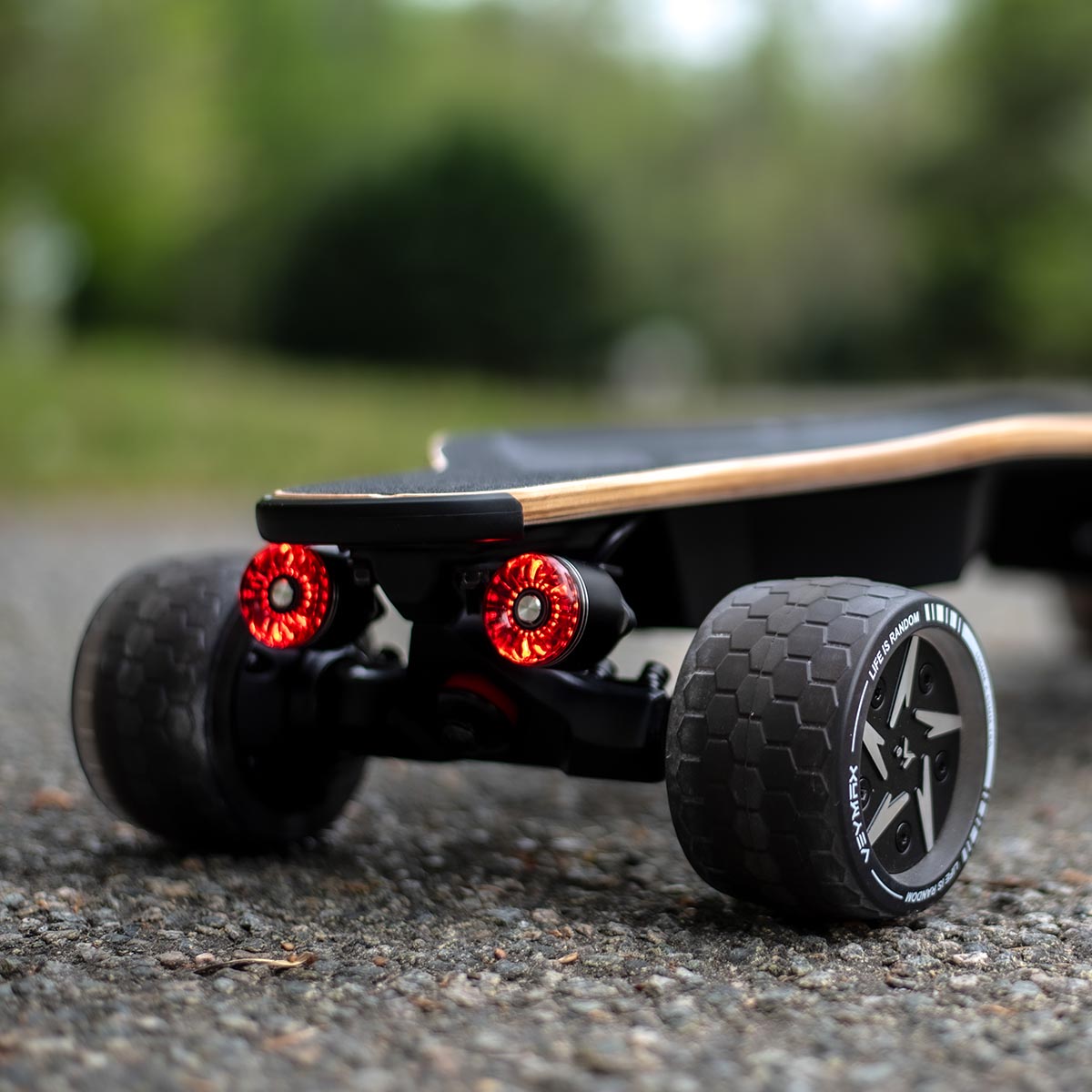
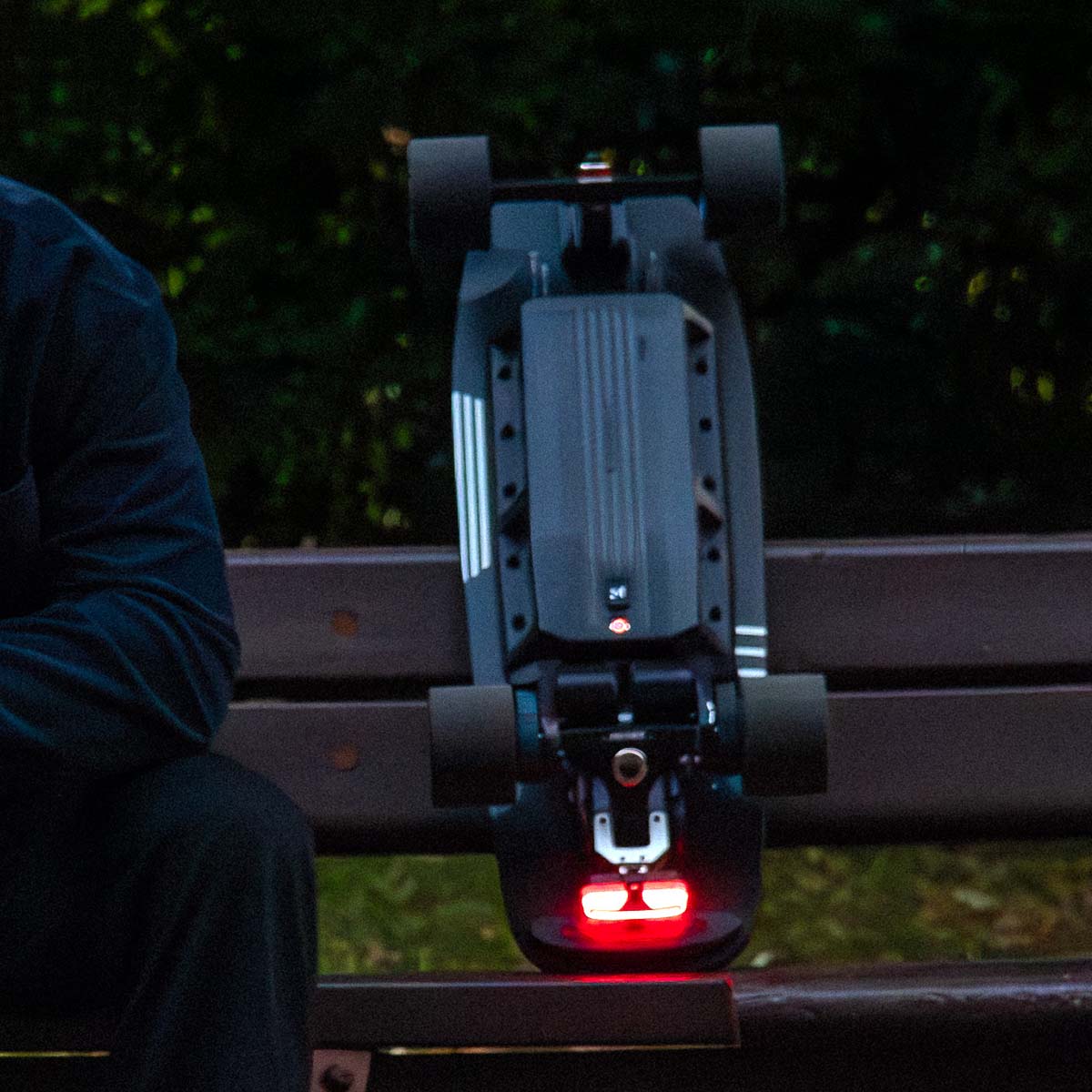
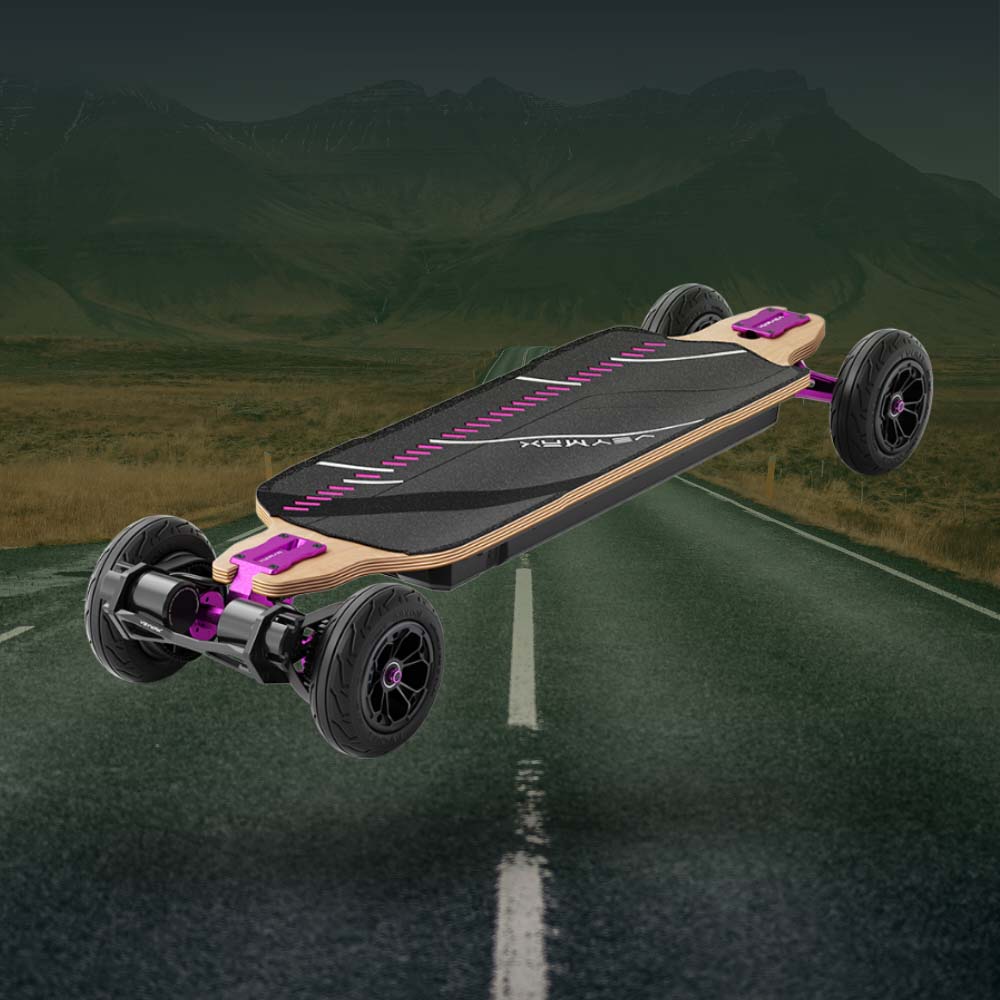
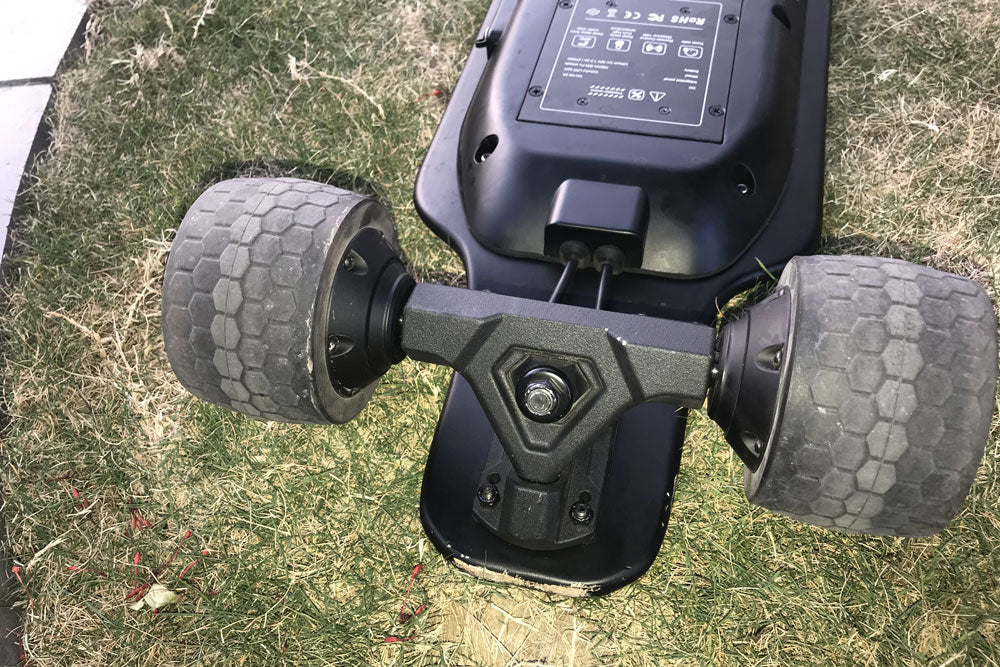
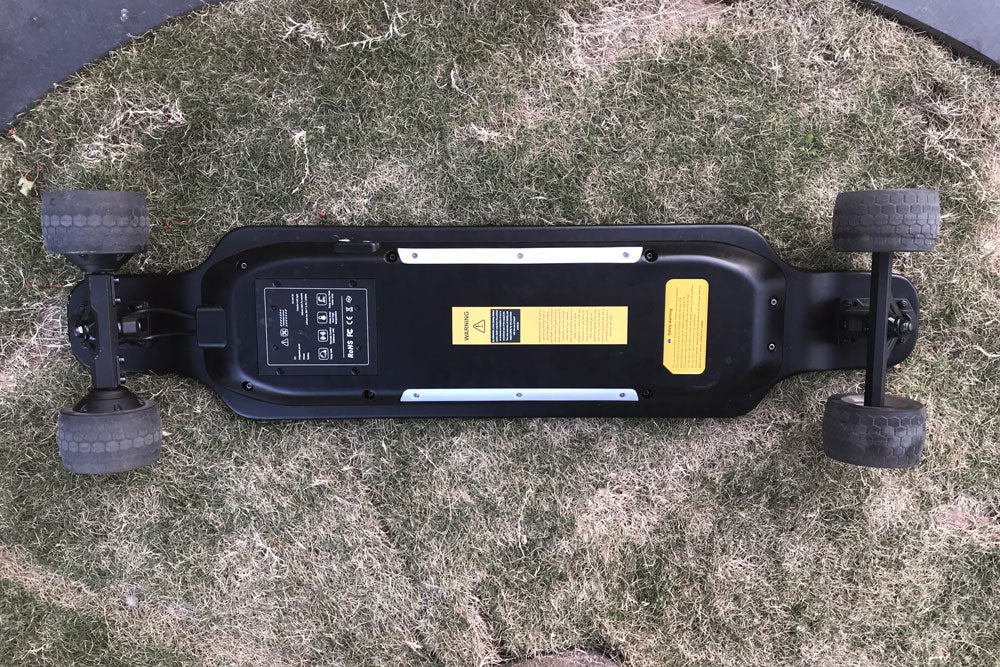
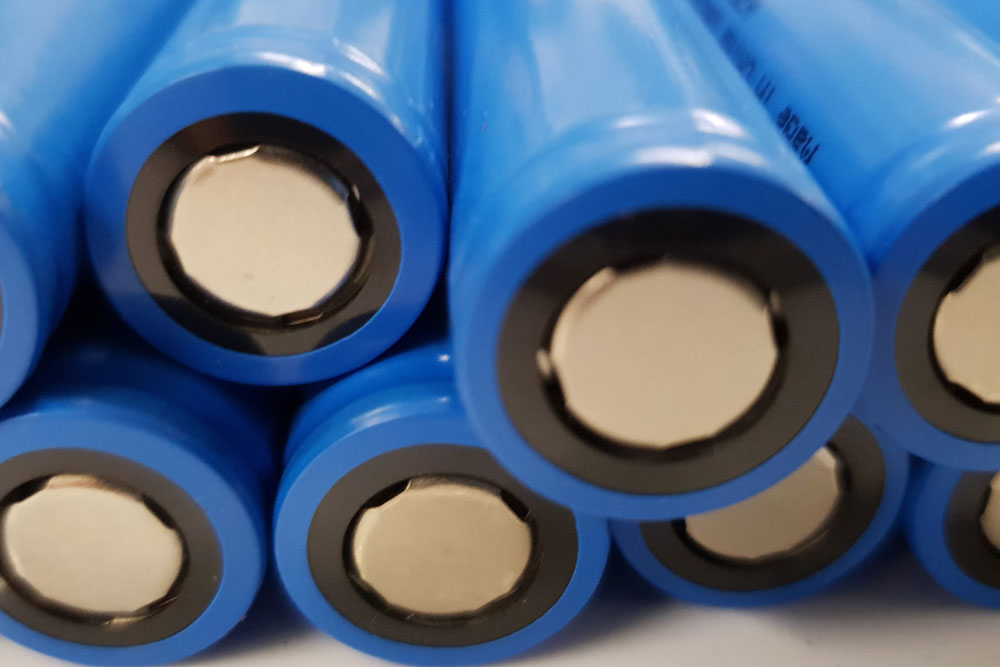
Leave a comment
This site is protected by hCaptcha and the hCaptcha Privacy Policy and Terms of Service apply.